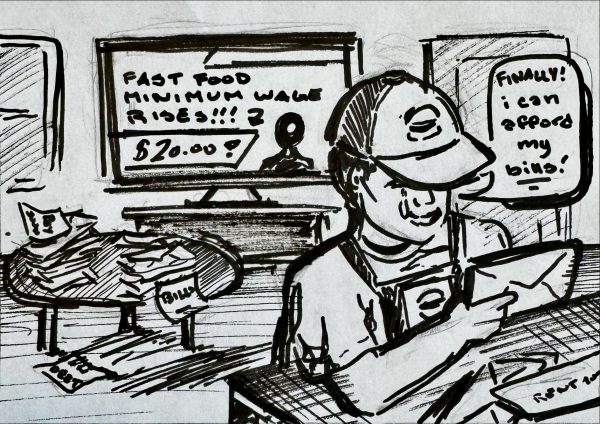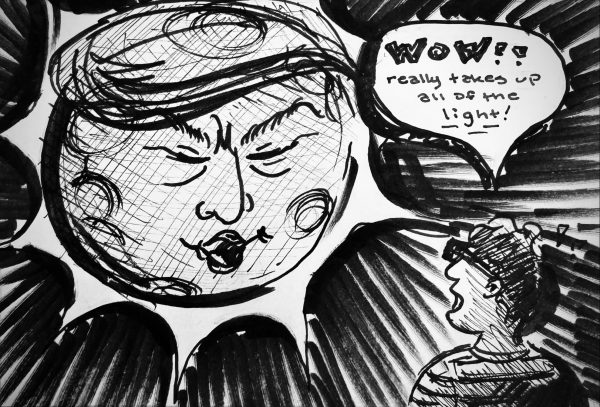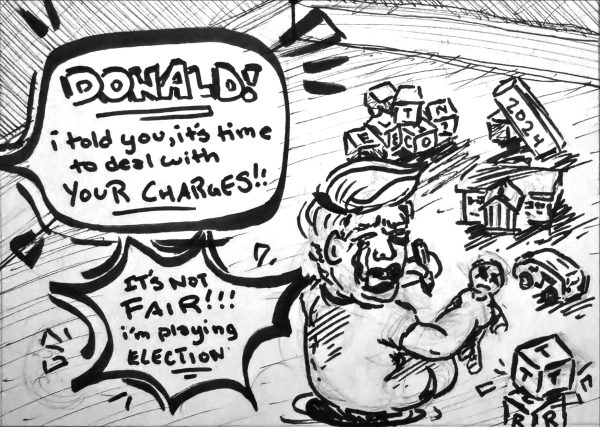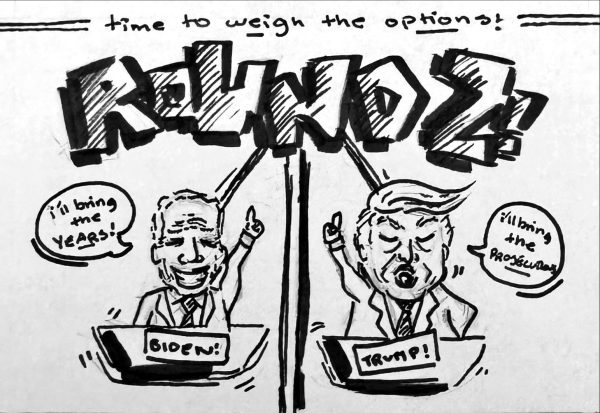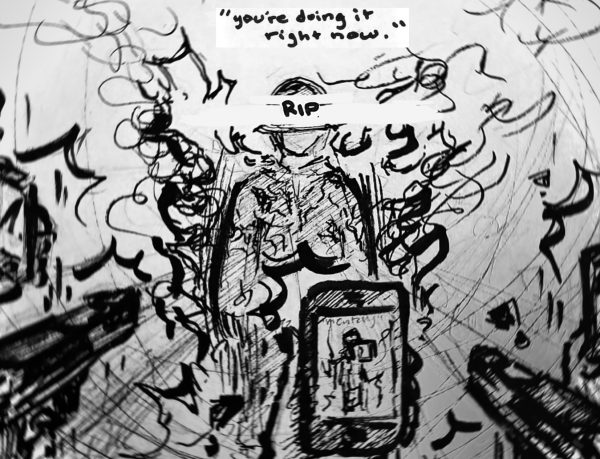Masculinity challenged
March 7, 2019
The 91st Academy Awards had everything you’d expect from the star- studded affair that it is. Celebrated actors strutted on the red carpet wearing everything from Saint Laurent, Alexander McQueen and other high profile designers. But one particular designer stood out, Christian Siriano. But it wasn’t Siriano himself who stood out, it was his design who broke the internet and triggered a massive social media debate surrounding the person who wore it, Billy Porter.
Porter wore an inclusive tuxedo/gown that shattered gender norms. Porter, no stranger to extravagant designs on the red carpet, set off a social media firestorm. Something as simple as a gown, or tuxedo, depending on how you viewed it, challenged the notion of masculinity. Toxic masculinity has found itself in the national debate about not only its existence, but its validity. The design worn by Porter not only confirms its existence, but definitely sparked a conversation and put on display how deep the rabbit hole goes. Ironically, people who were critical of Porter and his design missed several points.
One, Siriano has designed outfits like this before. He’s dressed Michelle Obama and has a partnership with affordable stores like Ross and others. He’s known for hiring plus-size models in his fashion campaigns. Two, the state of manhood is not under attack because of what he wore to the Oscars. This is why the eye roll emoji was designed. It’s pure hyperbole and faux hysteria to suggest that manhood is under attack because of an outfit. If an outfit threatens manhood, then what does “deadbeat fathers” do? What does misogyny and chauvinism do?
Gender non-conformists and gender traditionalists found themselves entrenched in a social media war about what defines masculinity.
Masculinity has been a hot topic in recent years. Example, Gillette sparked a controversy of their own by calling out “toxic masculinity.” You might be asking yourself how that’s typically defined. For the most part it’s when people think masculinity, or being “manly,” is attached to toxic behaviors and mindsets.
Some common examples of that behavior are misogyny, violence, hostility toward homosexuals and negativity toward being vulnerable. Case in point, when school age boys are told “boys don’t cry,” or their casual use of homophobic slurs. Another example, I used to work with a guy who defined “masculinity” as a man who wears cowboy boots and shoots guns. Do you agree that’s what defines manhood?
I’d like to think that a man is someone who takes care of his family, and helps others in need. Some of the things I was taught about being a gentleman were things like how a man should always have a navy or gray suit in his arsenal. To be a man of your word. Know the difference between a quality cognac and a shit cognac. Open doors for ladies and take your hat off when you enter a room. Even with an old-school male influence like my grandfather, I don’t think what Billy Porter wore to the Oscars would change that advice.
How you view masculinity may be different. One thing is certain, there is no clear-cut definition of manhood. But toxic behaviors don’t need clarification. President Obama challenged toxic masculinity recently at the “My Brothers Keeper” forum in Oakland last week. “If you’re confident about your strength, you don’t need to show me by putting somebody else down. Show me by lifting somebody else up” said Obama. No man, gay or straight, who’s secure in himself will feel threatened by Billy Porter’s outfit. The truth never needs an alibi.


